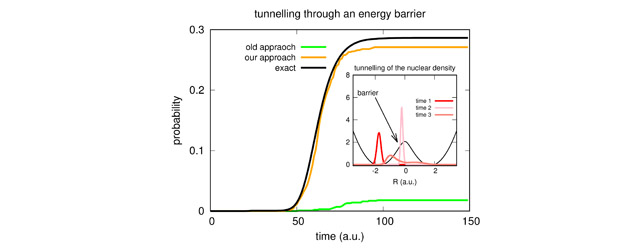Clearer vision of the biochemical reaction that allows us to see (Vol. 49 No.5-6)

Physicists develop improved algorithms for simulating how complex molecules respond to excitation by photons, and explaining what happens when photons hit our eyes.
What makes it possible for our eyes to see? It stems from a reaction that occurs when photons come into contact with a protein in our eyes, called rhodopsin, which adsorbs the photons making up light. In a paper published recently the authors propose a refined approximation of the equation that describes the effect of this photo-excitation on the building blocks of molecules. Their findings also have implications for other molecules, such as azobenzene, a chemical used in dyes. The incoming photon triggers certain reactions, which can result, over time, in dramatic changes in the properties of the molecule itself. This study was included in a special anniversary issue of EPJB in honour of Hardy Gross.
F. Agostini, I.Tavernelli, and G. Ciccotti, Nuclear Quantum Effects in Electronic (Non)Adiabatic Dynamics, Eur. Phys. Jour. B 91, 139 (2018)
[Abstract]






